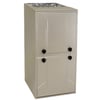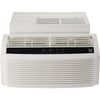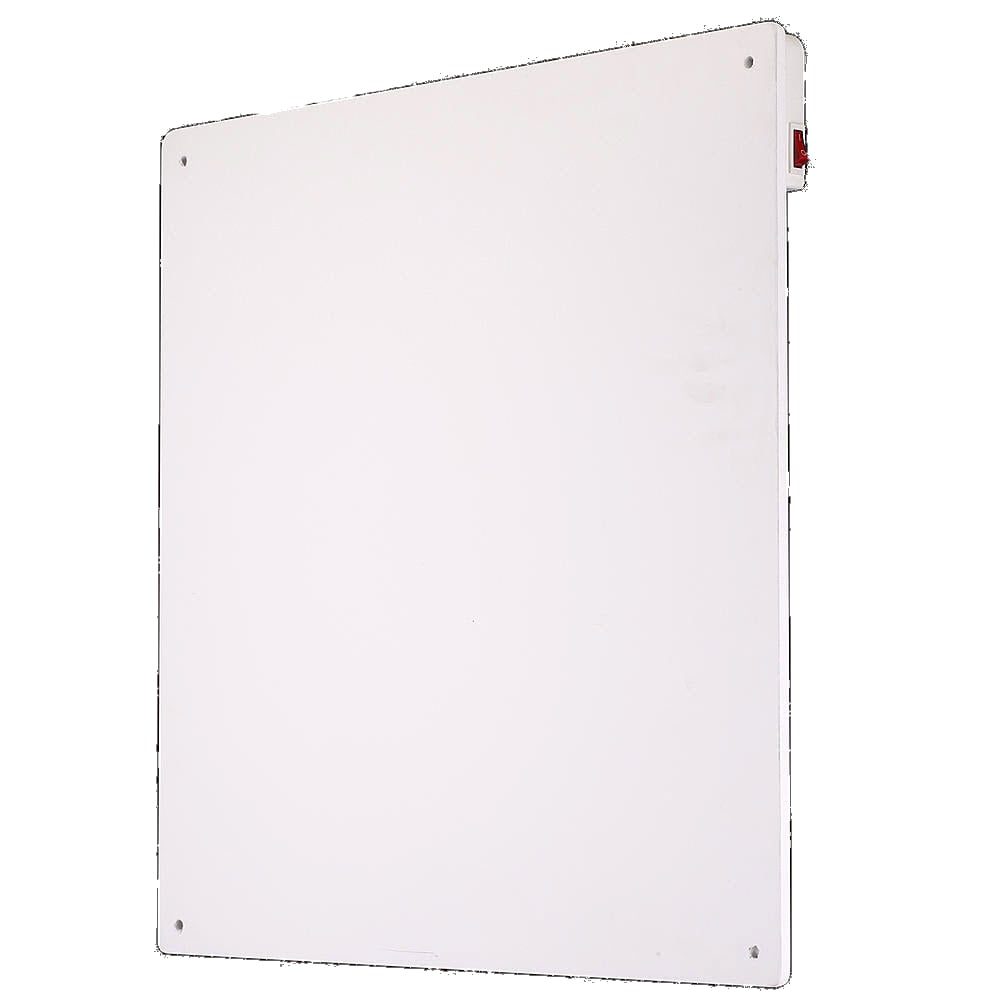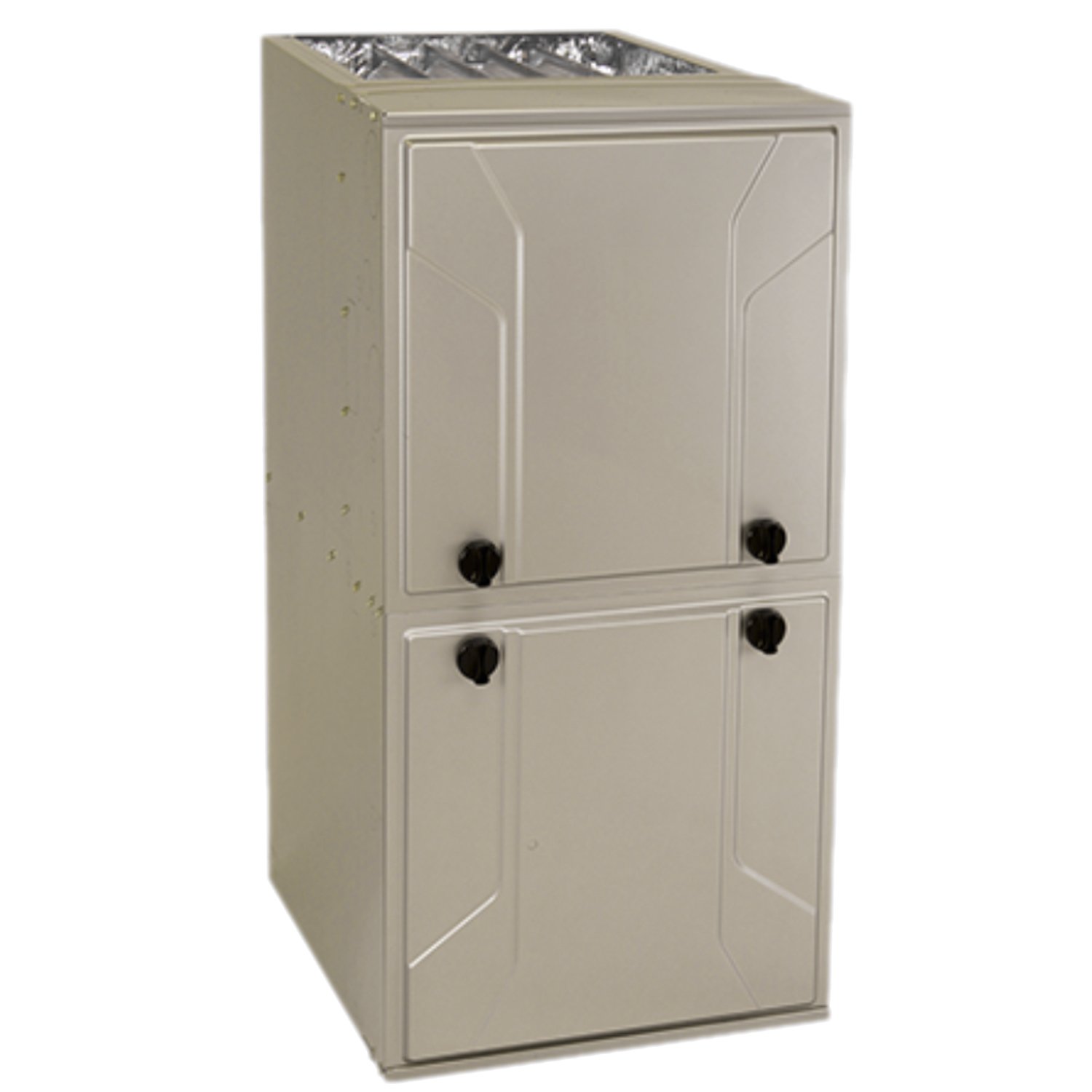Regardless if it's the blazing heat of summertime or the frigid chill of winter, one thing that everybody wants is a reliable HVAC system to keep their home nice and temperate. There are common problems that can arise with a furnace due to poor maintenance, regular wear and tear and odd occurrences.
Suburban product parts
More Suburban product parts
| Suburban furnaces Parts |
| Suburban room air conditioners Parts |
| Suburban wall heaters Parts |
We carry parts for these popular Suburban models
Figuring out why your furnace is malfunctioning
- Dirty filters—The air filter is responsible for collecting dust and keeping other particulates from coming through your vents and ruining the air quality in your home. There are a lot of factors involved when it comes to how often you should change the filter, but even under the best conditions, they should be changed at least every six months.
- Thermostat—A faulty thermostat can lead to problems with the furnace either not heating your home enough or heating it too much. If you are experiencing odd temperature fluctuations, it could be an indicator of thermostat problems.
- Ignition switch and pilot light—If either one of these is malfunctioning, then—outside of manual ignition—there is no way for your furnace to switch on. The ignition switch and pilot light are good places to start if your furnace won't turn on.
- Excessive noise—A certain amount of noise from an operational furnace is to be expected, but when that noise becomes noticeably loud, it could be an indication that the blower fan is experiencing mechanical problems.
- Blower motor—An indication that the blower motor is malfunctioning is if that there is no hot air coming out of the vents while the furnace is on. You can test the blower motor by turning the thermostat to "fan" to see if it turns on.
Some issues with air conditioners
- Wiring—An air conditioner has electronic and mechanical parts connected by wiring. Wiring can become frayed or loose, severing connections. Circuitry on the board can also burn out. This is especially a concern if there is excessive moisture where the air conditioner is operating.
- Fan—As with the furnace, air conditioners use fans to blow cool air indoors. A failed fan motor won’t blow any cold air through the vents.
- Evaporator—The evaporator is part of the cooling system that cools the air. It can freeze over, cutting off the cold air flow.
- Compressor—The compressor compresses refrigerant that cools the air in the evaporator. It can experience mechanical failure and fail to run.




